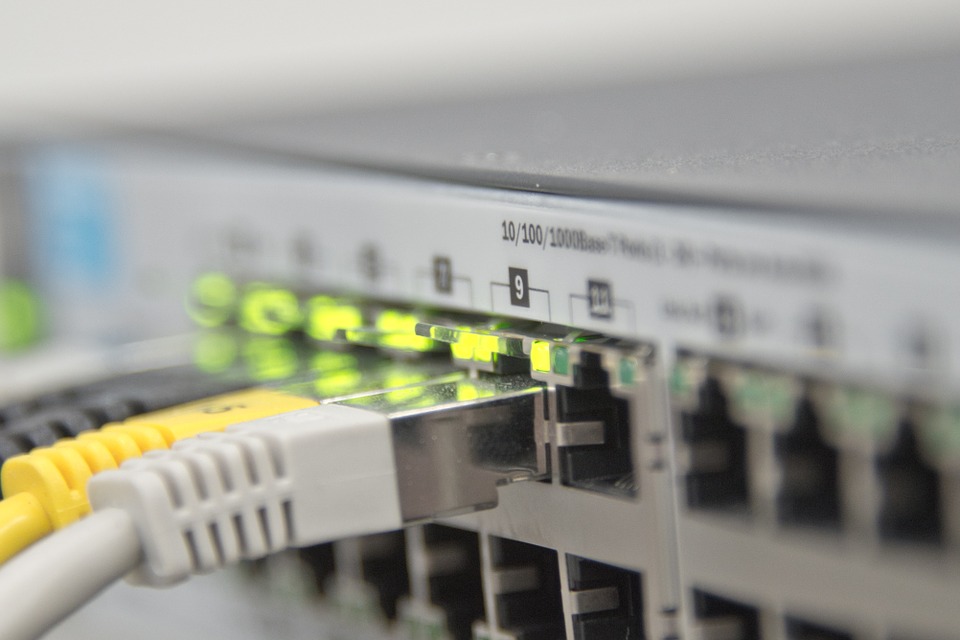
Ethernet is part of the computer networking ecosystem and is one of the most used technologies in local area networks (LAN) and metropolitan area networks (MAN).
The technology has proven efficient and is replacing older solutions like token ring, FDDI and ARCNET.
Data transfer speeds have grown exponentially from the original 2.94 megabits per second to 100 gigabits per second. Developers expect 400 gigabits per second to be achieved by 2017.
Find out more about its origins on the next page.
Ethernet was created by Xerox Parc (today known as Parc) between 1973 and 1974, and in 1983 became part of the Institute of Electrical and Electronics Engineers (IEEE) family of standards 802.3.
This standard defines rules for configuring an Ethernet network and also specifies how the elements in an Ethernet network interact with one another, according to Lantronix.
The original model used a coaxial cable as a shared medium. More recent versions use twisted pair and fiber optic links in conjunction with hubs or switches.






